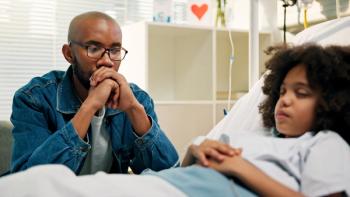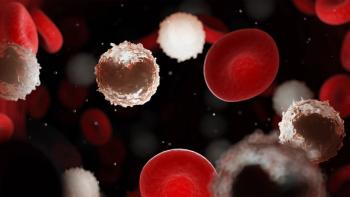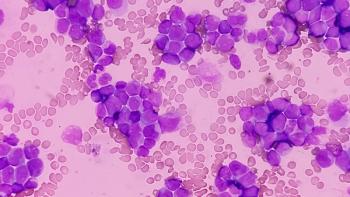
AYA Patients With Sarcoma Face Unique Challenges
Adolescent and young adult patients fall between the 2 age groups that clinicians are used to seeing, leading to gaps in care and poor outcomes.
When it comes to sarcoma treatment, pediatrics tends to specialize in common childhood cancers, such as osteosarcoma and Ewing sarcoma, while medical oncologists may root their understanding in older patient populations, leaving adolescent and young adult (AYA) patients in a unique, and challenging, position in finding adequate care.
As a result, they tend to have poorer outcomes, according to R. Lor Randall, MD, FACS.
Age Gaps and Lack of Medical Specialization
“If you look at the oncology world from a healthcare delivery standpoint, there's a bimodal distribution of resources and attention [that are focused] on children and adults in the age group of 40 and beyond,” Randall said in an interview with OncLive, a sister publication of Oncology Nursing News.
AYA patients are those between the ages of 15 and 39, and, as a result fall between these 2 age groups. As a result, a young adult within this age group diagnosed with osteosarcoma (or any other disease typically seen in children) is unable to see a pediatric oncology team that may specialize in that type of cancer.
“They end up going to see a medical oncologist who has never seen [this kind of disease in this young of patient] and talks to them obtusely about treatments for it,” Randall said. “A medical oncologist may not be equipped to answer all of the questions this 25-year-old has, such as what it means for their fertility, because they’re not usually dealing with fertility questions in, say, a 56-year-old with breast cancer.”
Social supports for AYAs are different, too. For example, someone who is 19 years old is a legal adult but may be in college and still reliant on her parents. This is vastly different than someone decades older who is more likely to socioeconomically independent.
Improving Care
Thankfully, organizations are working to close the gap in AYA cancer care.
The Children’s Oncology Group has an Adolescent and Young Adult Responsible Investigator Network working to have open enrollment in clinical trials for this patient population.
“At the national level, they are trying to get patients enrolled on children’s studies,” Randall explained. “In order to do that, they have to reach out and work with medical oncologists, so that they know to open these studies at their own institutions.”
Additionally, most NCI-designated cancer centers have some kind of AYA oncology care program. And healthcare providers can advocate for this group, too.
“If [they see a patient who falls] in this age demographic with a tumor — and is not one of those that are usually seen in patients over the age of 40 – they should reach out to their pediatric oncology colleagues to see if they have any information about AYA oncology programs.”
A version of this article was originally published on OncLive as, “
Newsletter
Knowledge is power. Don’t miss the most recent breakthroughs in cancer care.
















































































